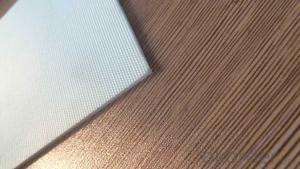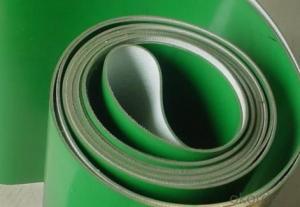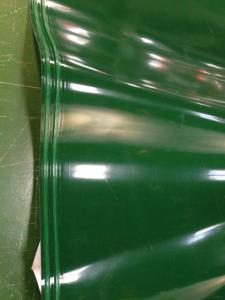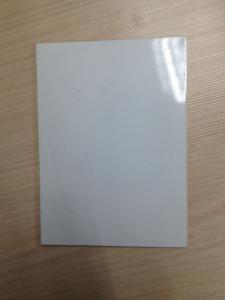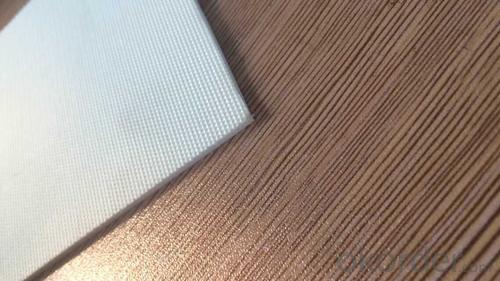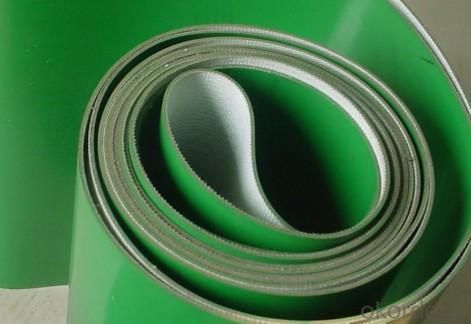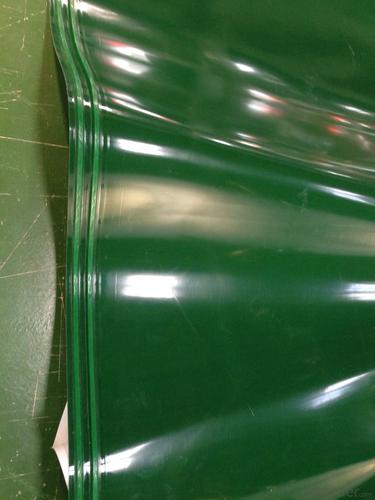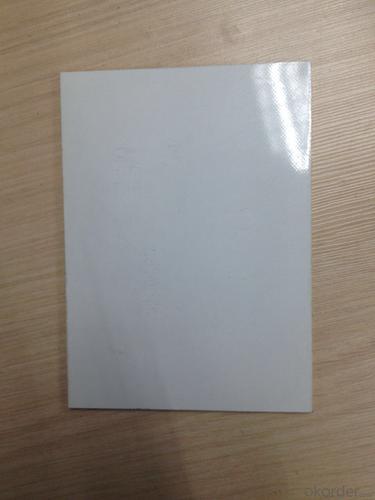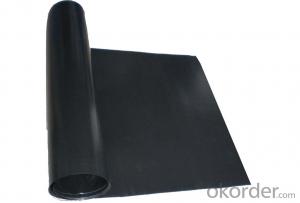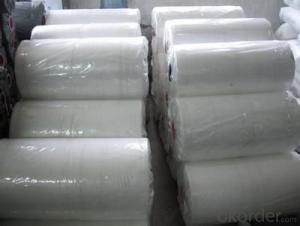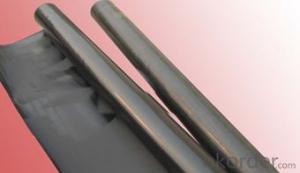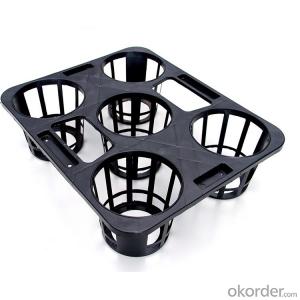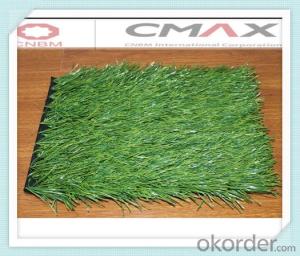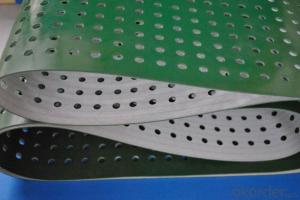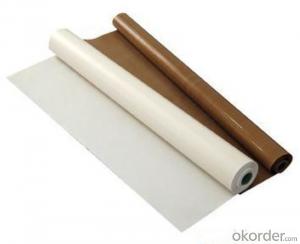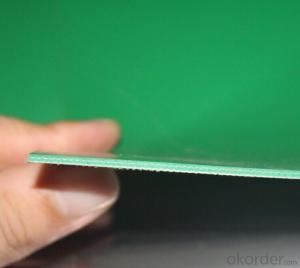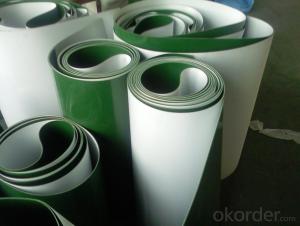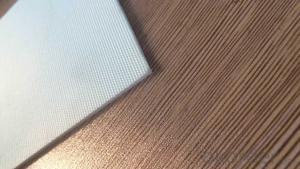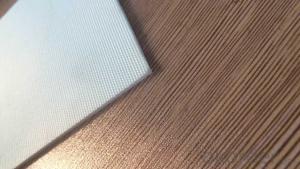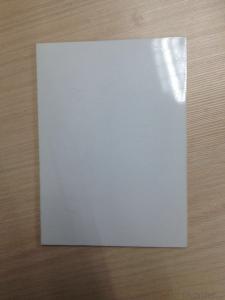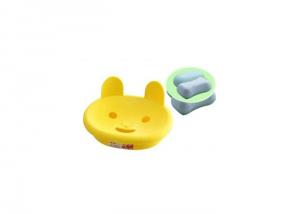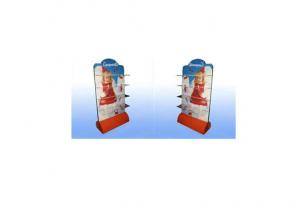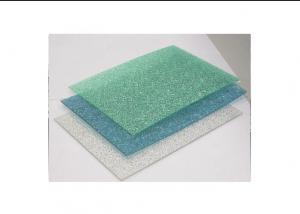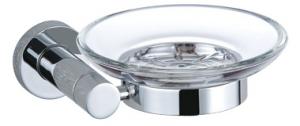Both Side Fabric White Food PVC Conveyor Belt Thickness 1.8mm
- Loading Port:
- China main port
- Payment Terms:
- TT OR LC
- Min Order Qty:
- 1 m²
- Supply Capability:
- 500000 m²/month
OKorder Service Pledge
OKorder Financial Service
You Might Also Like
Both Side Fabric White Food PVC Conveyor Belt Thickness 1.8mm
Conveyor belt fabric layers:
A layer of cloth and a layer of glue, two layers of cloth and two layers of glue, three layers of cloth and three layers of glue, and so on. It can be customized according to your requirements.
Colors:
Red, yellow, green, blue, gray, white, black, blue, green, transparent (in general we have)
Thickness:
PVC (1~7mm) PU (0.8~4mm)
Appearance:
flat surface, diamond pattern, lawn pattern, golf pattern etc.
Advantages:
PVC: economical and practical, technology is mature. Non-toxic, odorless, environmentally friendly.
PU: abrasion resistant and corrosion.
Application:
PVC: Food, medicine, electronics, tobacco, printing, packaging, textile and other production lines belt.
Subsequent machining technology:
it can add baffle, skirt, sponge, guide bar and etc.
PVC Conveyor Belt Specification

Photos of Food PVC Conveyor Belt
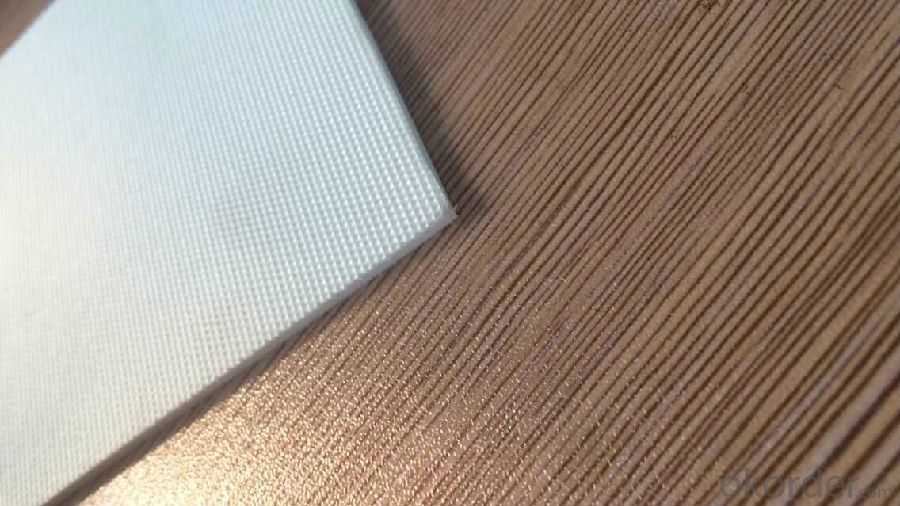
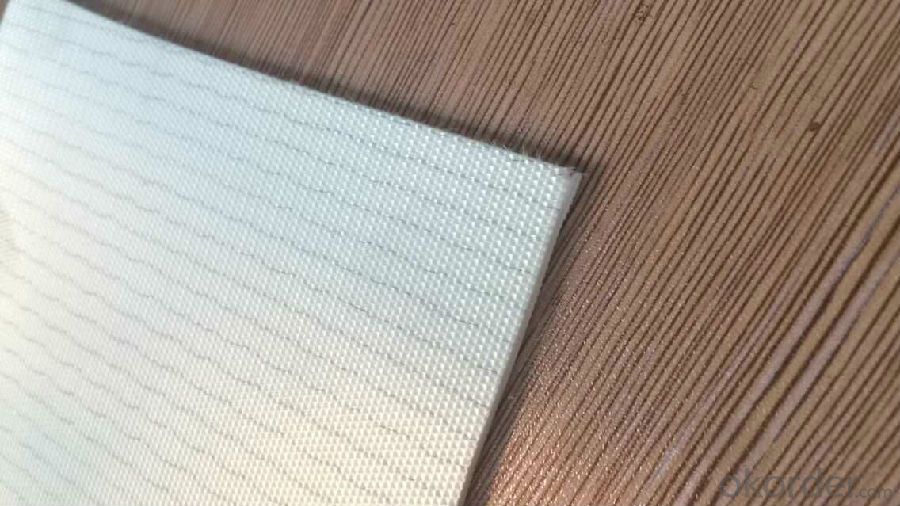
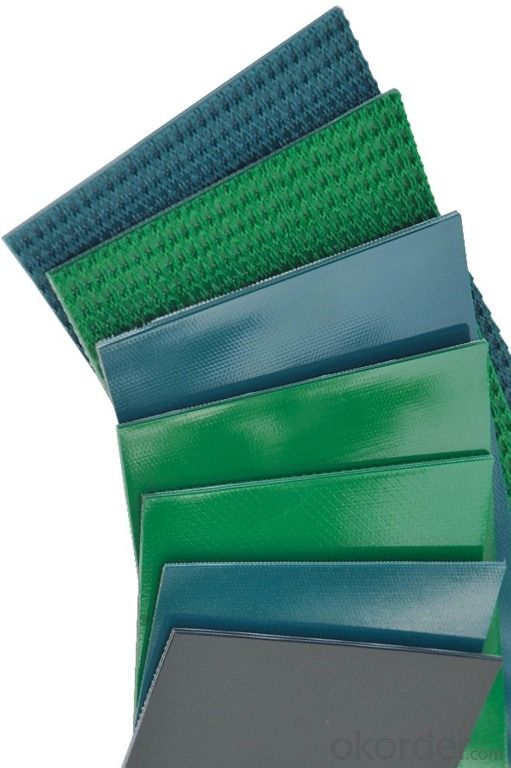
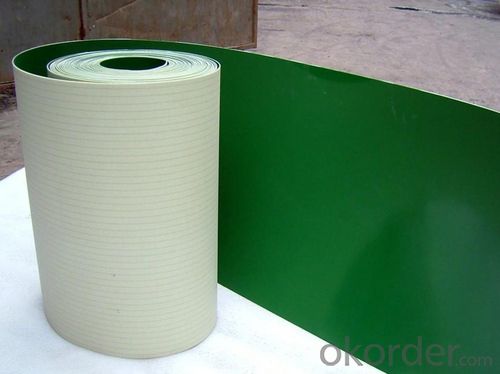
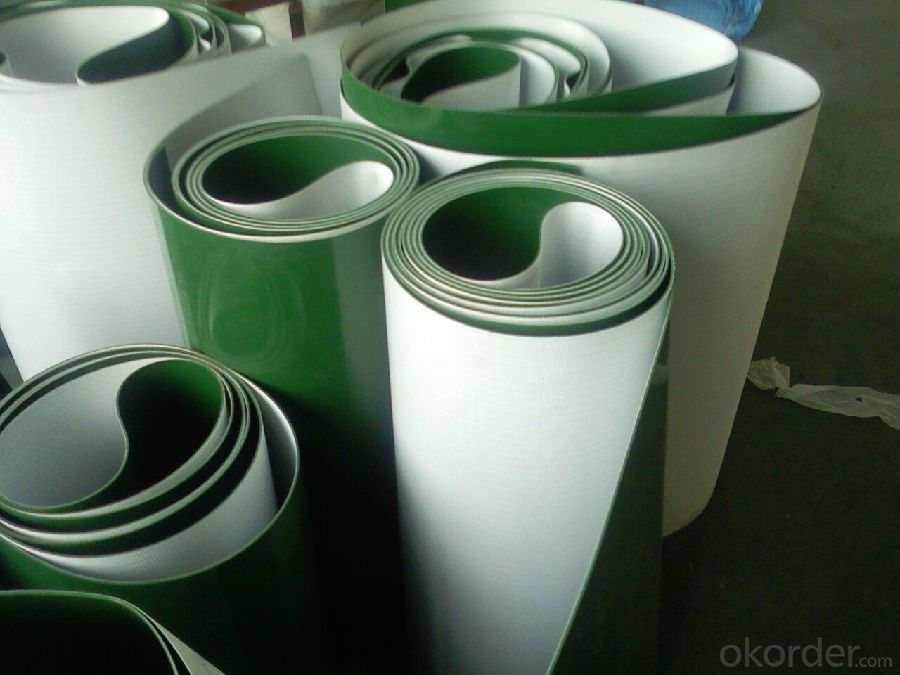
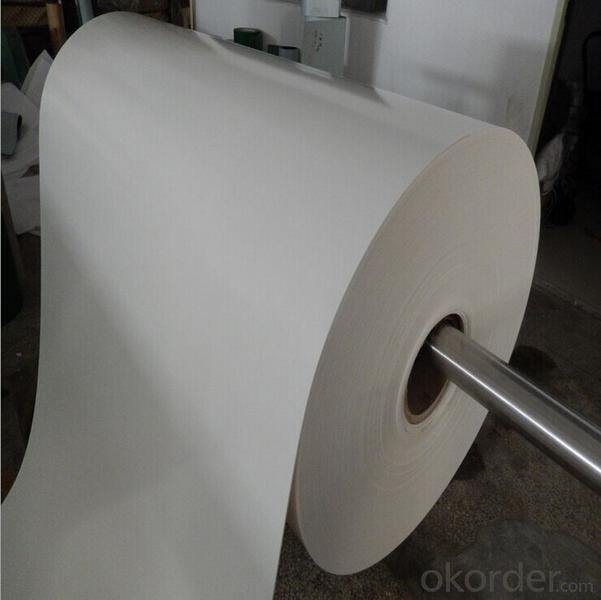
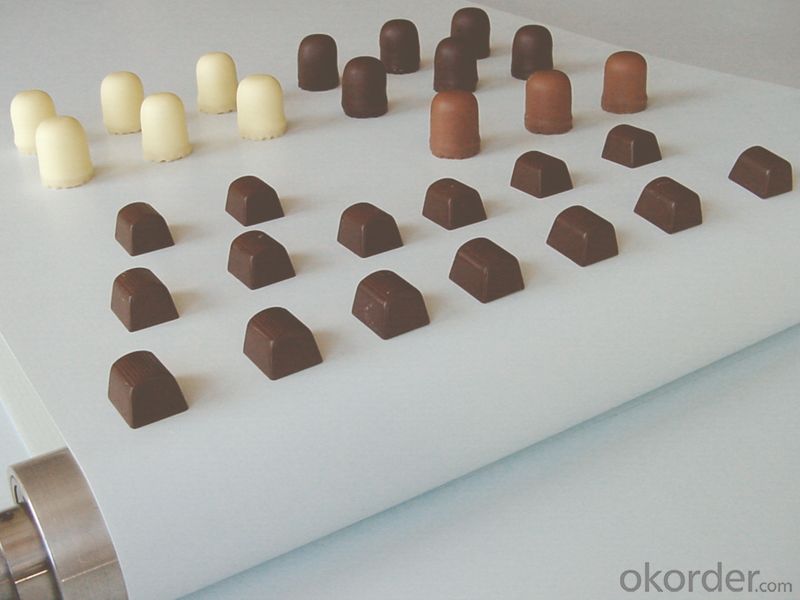
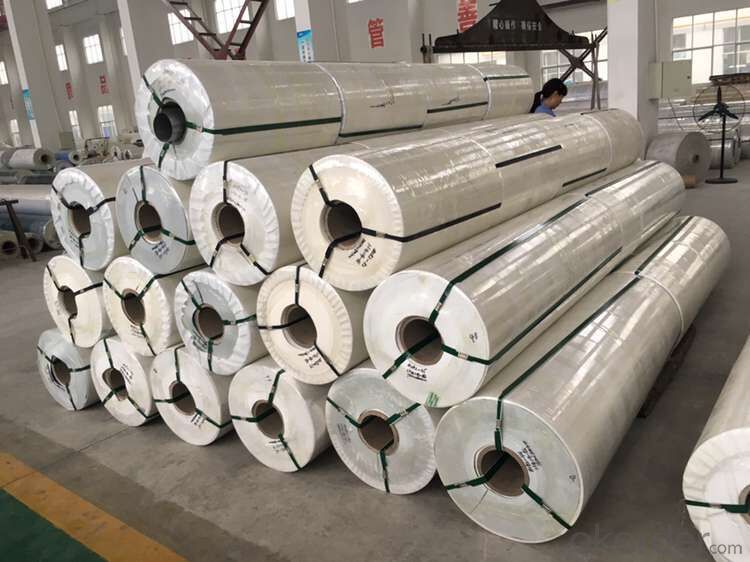
FAQ
Can you give me discount?
Yes, of course. If you talk with us, you’ll get more.
Will you send me free sample?
Yeah, she'd love to; can you buy her a ticket?
Do you like to accept small orders?
We enjoy to grow up together with all our clients, whatever big or small.You will become bigger and bigger to be with us.
Buyer attention
If you are interested in our products and company, please leave a message here or E-mail to us, We will reply you without any delay.
- Q: Can olive nets be used for olive trees in arid climates?
- Yes, olive nets can be used for olive trees in arid climates. Olive nets are commonly used in agriculture to protect the fruit from birds and other pests. In arid climates, where water scarcity is a concern, using olive nets can help conserve moisture by reducing evaporation from the soil surface and providing shade to the tree. Additionally, olive nets can also provide protection from intense sunlight and wind, which can be beneficial in arid regions with high temperatures and strong winds.
- Q: Can olive nets be used for olive trees in flood-prone areas?
- Yes, olive nets can be used for olive trees in flood-prone areas. Olive nets are primarily used to protect the olives from birds and other pests, but they can also provide some protection against heavy rainfall or flooding. However, it is important to note that while olive nets can help reduce the impact of flooding, they may not completely prevent damage to the trees or the olives in severe flood situations.
- Q: Do olive nets affect the quality of harvested olives?
- Yes, olive nets can affect the quality of harvested olives. When used properly, olive nets can prevent olives from falling on the ground and getting damaged, which helps maintain their quality. However, if the nets are not installed or handled correctly, they can cause bruising or puncturing of the olives, leading to a decrease in quality. Therefore, proper installation and careful handling of olive nets are crucial in maintaining the quality of harvested olives.
- Q: Can olive nets be used in olive groves with limited access to markets?
- Yes, olive nets can be used in olive groves with limited access to markets. Olive nets are commonly used in olive cultivation to collect the olives when they are ready for harvesting. Regardless of the availability of markets, using olive nets can help ensure a successful and efficient harvest. The collected olives can be stored or processed later, allowing olive growers to make the most of their harvest even in areas with limited market access.
- Q: Can olive nets be used in conjunction with other harvesting tools?
- Yes, olive nets can be used in conjunction with other harvesting tools such as rakes, shakers, or mechanical harvesters to facilitate the collection of olives. The nets are typically spread beneath the olive tree branches to catch the falling fruits, while other tools are used to shake the branches or physically remove olives from the tree. This combined approach can increase efficiency and productivity during the olive harvesting process.
- Q: How do olive nets prevent fruit spoilage during storage?
- Olive nets prevent fruit spoilage during storage by providing a physical barrier that protects the olives from external elements such as insects, birds, and debris. These nets also help maintain proper air circulation around the olives, preventing the growth of mold and other microorganisms that can cause spoilage. Additionally, the nets help reduce moisture build-up, which can lead to rotting. Overall, olive nets act as a protective shield, ensuring the quality and freshness of the olives during storage.
- Q: How are olive nets cleaned after use?
- Olive nets are typically cleaned after use by removing any debris or excess olive residue from the netting. This can be done by shaking or brushing off the loose materials. Afterwards, the nets can be washed with water and mild detergent to remove any remaining dirt or stains. Once cleaned, the nets should be thoroughly dried before storing or reusing them.
- Q: Are there any disadvantages of using an olive net?
- Yes, there are a few disadvantages of using an olive net. Firstly, the netting can damage the branches and foliage of the olive tree if not installed properly or if it is too tight. This can lead to decreased productivity and even long-term damage to the tree. Secondly, olive nets can also trap other unintended animals and insects, such as birds or beneficial pollinators, which can disrupt the ecological balance of the orchard. Lastly, the process of installing and removing the netting can be time-consuming and labor-intensive, especially in larger olive groves.
- Q: How much do olive nets typically cost?
- The cost of olive nets typically varies depending on factors such as the size, quality, and material of the net. On average, olive nets can range from $10 to $50 per net.
- Q: What are the different sizes available for olive nets?
- Olive nets are available in various sizes, typically ranging from small to large. The specific sizes can vary depending on the manufacturer and the intended use of the net. Common sizes for olive nets include 3x3 meters, 4x4 meters, and 6x6 meters. It is important to choose the appropriate size based on the size of the olive trees and the area that needs to be covered.
Send your message to us
Both Side Fabric White Food PVC Conveyor Belt Thickness 1.8mm
- Loading Port:
- China main port
- Payment Terms:
- TT OR LC
- Min Order Qty:
- 1 m²
- Supply Capability:
- 500000 m²/month
OKorder Service Pledge
OKorder Financial Service
Similar products
Hot products
Hot Searches
Related keywords
